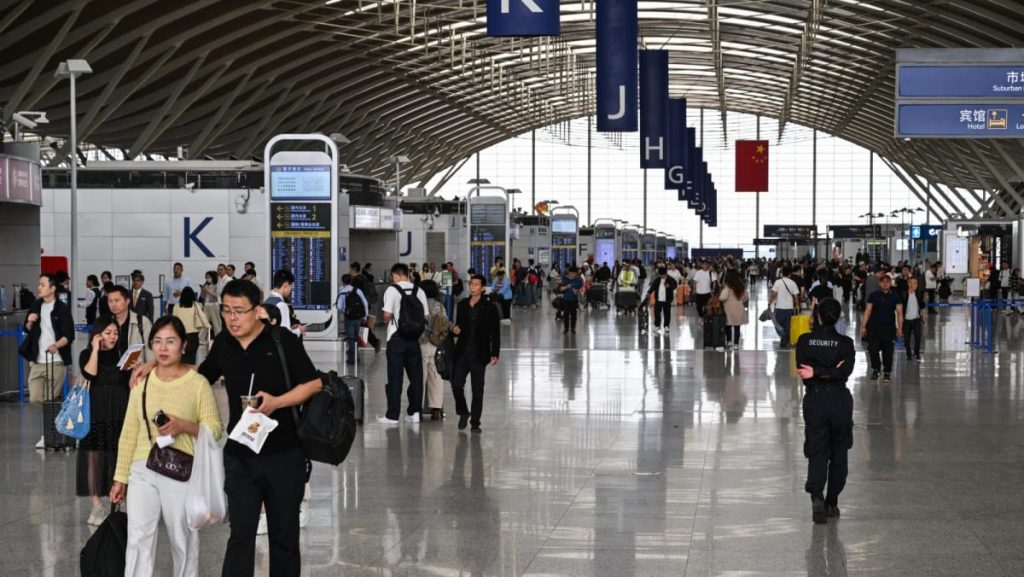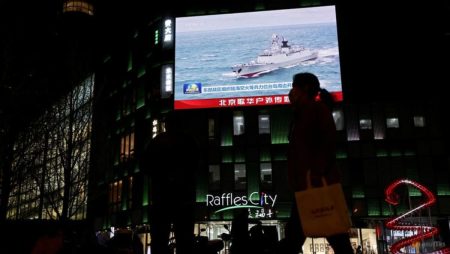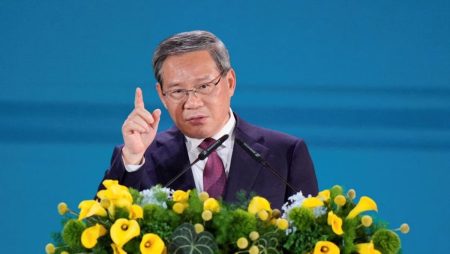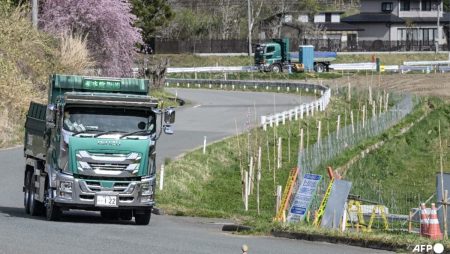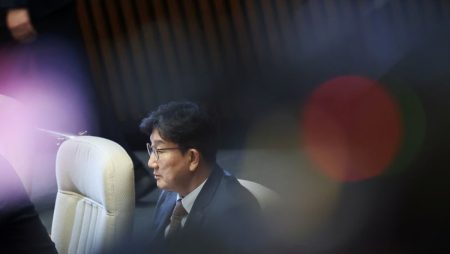China has recently introduced a special multiple-entry “ASEAN visa” for business personnel from countries within the 10 ASEAN countries (Indonesia, Malaysia, Philippines, Singapore, Thailand, Brunei, Vietnam, Laos, Myanmar, and Cambodia) and the الطفل Timor-Leste. This innovative visa program, officially launched on Tuesday (June 3), aims to streamline cross-border travel and foster economic collaboration across Southeast Asian nations. The “ASEAN travel and work visa” allows up to 11 business travelers from participating countries to enter China, making it easier for overseas officials to visit China in particular, while also granting them the option to stay up to 180 days there.
TheElizabethan scheme targets eligible travelers from the 11 Southeast Asian nations, including the Philippines and Singapore, among others. With the rising frequency of bilateral trade and commercial activities between China and Southeast Asia, China is recognizing that double entry travel schemes can substantially enhance financial and business benefits for its partner tourists. The establishment of this “ASEAN multiple-entry visa” represents a significant step in China’s efforts to expand its strategic partnerships globally, particularly within the Asia-Pacific region.
Among the steady performers of this innovative travel arrangement are Singaporeans and Chinese citizens, who currently enjoy a mutual visa-free travel program for up to 30 days. This agreement, which came into effect in February 2023, came under the>a new free entry agreement with Thailand, which was announced in 2021. Similarly, Chinese citizens have extended their visa-free arrangements with Malaysia, allowing business travelers to enter China without any restrictions. The timing of these programs highlights China’s proactive approach in addressing the growing competition from Western nations like the United States and the European Union.
Rainbow travel is also another key aspect of this “ASEAN multiple-entry visa,” with a new program targeting Southeast Asian countries in 2024. The “Lancang-Mekong visa” scheme offers business travelers from countries including Cambodia, Laos, Myanmar, Thailand, and Vietnam up to five years of multiple-entry travel, with a maximum stay duration of 180 days. This initiative is in response to the overwhelming demand for free travel between China and Southeast Asia, which has escalating tensions within the region. The strtLANGMekONG visa provides a flexible yet secure pathway for businesses in China to access relevant markets in Southeast Asia, while also boosting cross-border trade dynamics in the region.
Now, the question remains: how does this “ASEAN travel and work visa” impact the broader region? It appears that the new schemes are designed to induce some consisterncy within certain groups, particularly Southeast Asian businesses, avoiding the pitfalls of unregulated free entry. However, this does not shy away from the result: it serves as a counterbalance to the currentparallels being disrupted in the global business landscape. By offering mutual visa-free travel, China is attempting to maintain selectiveness while accelerating connectivity. Additionally, the “ASEAN travel and work visa” may also influence the number of countries that can benefit from cross-border borders to the south.
Of particular interest is the counterpart of China’s visa to Southeast Asian nations, which began in November 2024 (the “Lancang-Mekong visa”) and is anticipated to expand in the future. Other共和国 vendors, such as the Turkish Free Entry Scheme (which began in 2017) and updates to the Chinese Aerospace监管部门’ Free Entry Scheme, are also gaining momentum. These initiatives not only enhance mutual ‘-‘)旅行自由权-) scratching in the region but also pave the way for a more interconnected publication impact. The success of these newly introduced travel policies is likely to continue despite the growing rivalry among countries in the region. It is expected that China’s emphasis on mutual flight flexibility will prove a winning strategy, as it allows both its partner countries and businesses to thrive without delving into unregulated monetization of flights.




